Of all the prime lenses that are used to capture portraits, the 85mm prime lens is one of the best for capturing stunning portraits. This lens has the right focal length without much distortion, is lightweight, fast and the wide aperture makes it a great choice for portraits and event photography. We do not see many photographers use this lens for nature photography.
In the case of our west Texas cowboy crooner, the image illustrates the character and features we expect when using an 85mm prime lens. Camera and settings used: Nikon D600, 85mm ISO 250, f/10, 1/60 seconds, Nikon 910 Speedlight.
When photographers take it to the streets, 35mm, 50mm and 85mm prime lenses are out in full force. When venturing to the great outdoors for nature shoots, telephoto zooms, landscape and macro lenses become the norm. The 85mm prime lens is tucked safely and many times, sadly, away in the camera case.
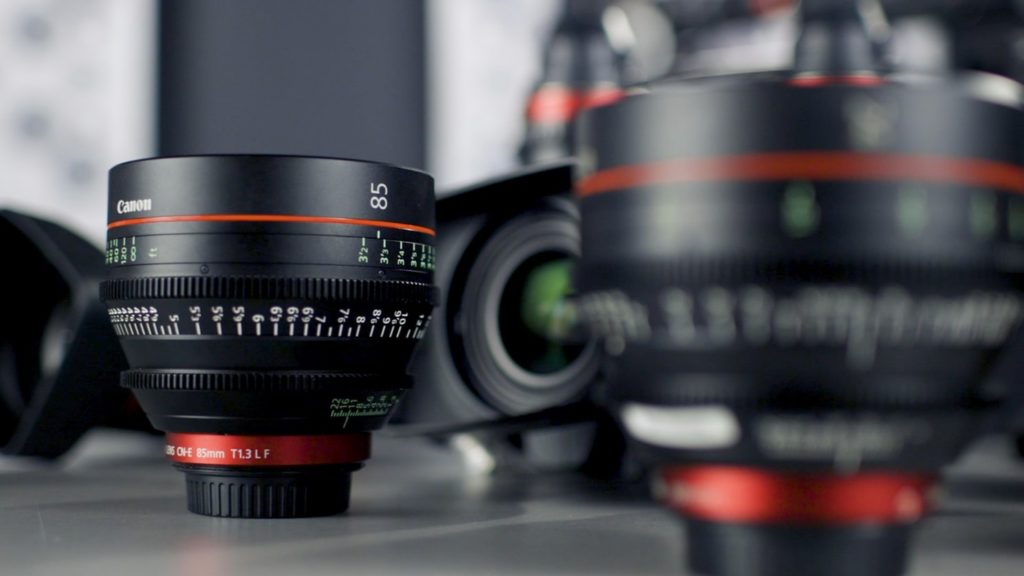
3 Advantages to Using an 85mm Lens In Outdoor Nature Photography
1. As a prime lens, the 85mm encourages a deliberate, creative mindset in composing images for outdoor and nature photography.
2. A huge benefit of an 85mm prime lens (or any prime lens, for that matter) is that it forces behaviors that will improve our overall photography skills, including nature photography, regardless of lens type.
3. Slowing down, savoring the moment. When working with telephotos zoom lenses on wildlife, image composition happens at a rapid rate. Subjects dart, jump, fly, hop and run quickly from sunlight to shade in a matter of seconds. This requires fast movement, quick thinking and quick setting adjustments to effectively capture our subjects. Instead of nature taking the lead, the photographer is in charge.
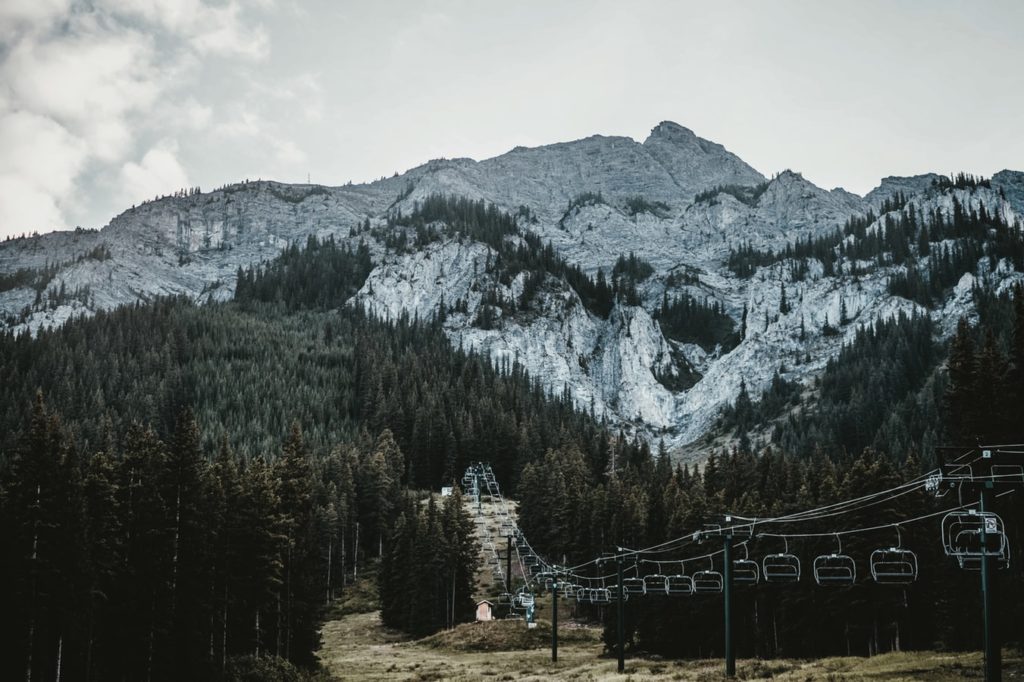
3 Tips For Using An 85mm Lens Outdoor
1. Stop, Look, Listen And Breathe – What do you see from a bigger picture perspective? What is it about the image that captured your eye, your interest? The 85mm prime lens encourages us to look closely at the subject while still being aware of its surroundings.
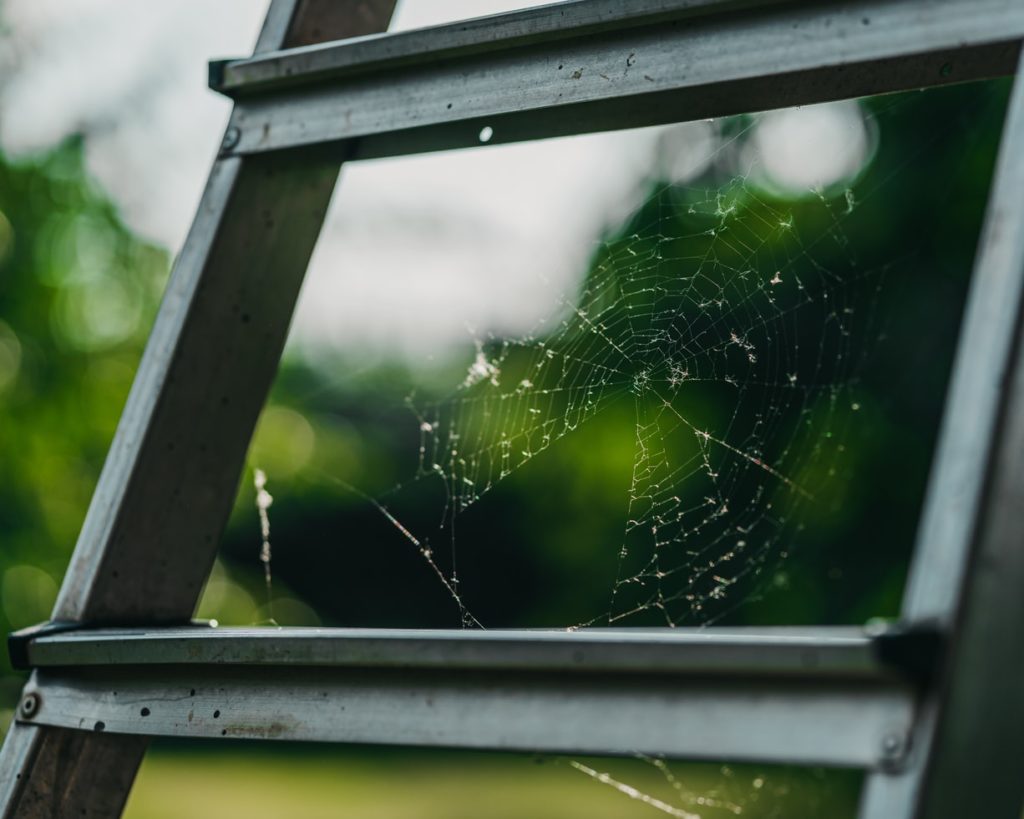
2. Step In, Step Out – Working with the fixed focal length, the feet become the zooming action. While framing the subject, walk closer to capture the initial detail or details that initially caught your eye. Walk further back and take in the whole scene. Don't forget the foreground and background and how they frame your subject!
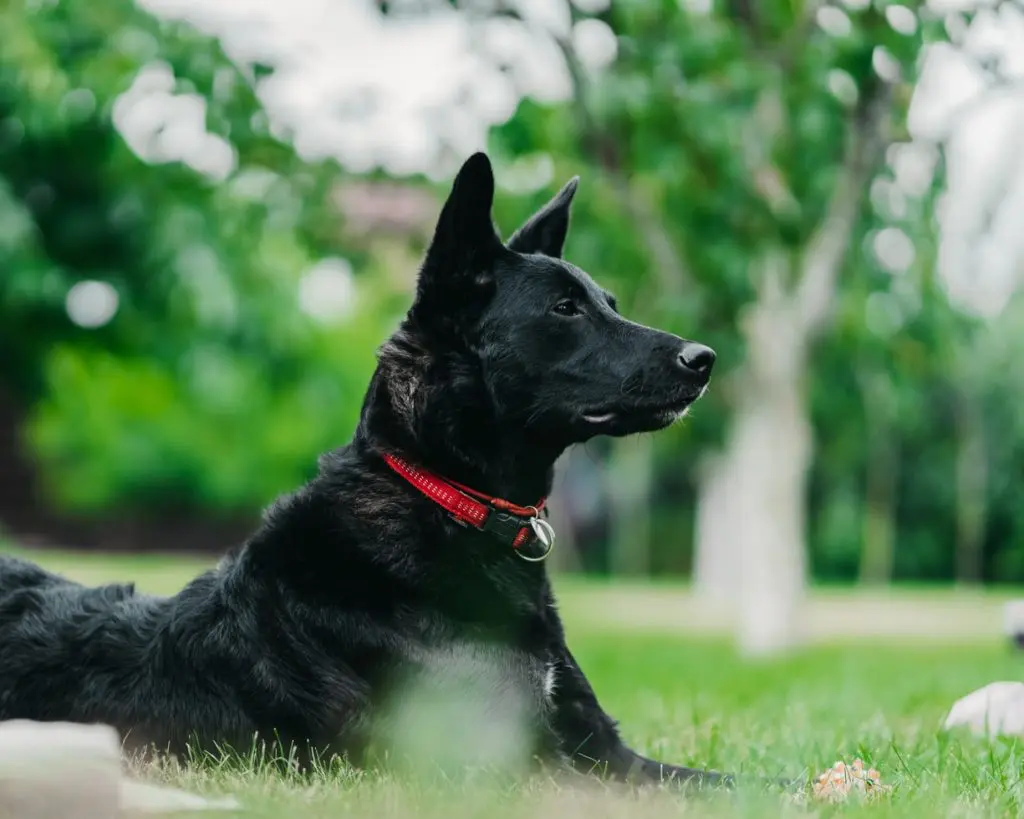
3. Move Higher Or Lower – When studying your subject, what angles are available? Is there a nearby hill to walk up, or down and view? Explore all the angles and surprise your viewer!
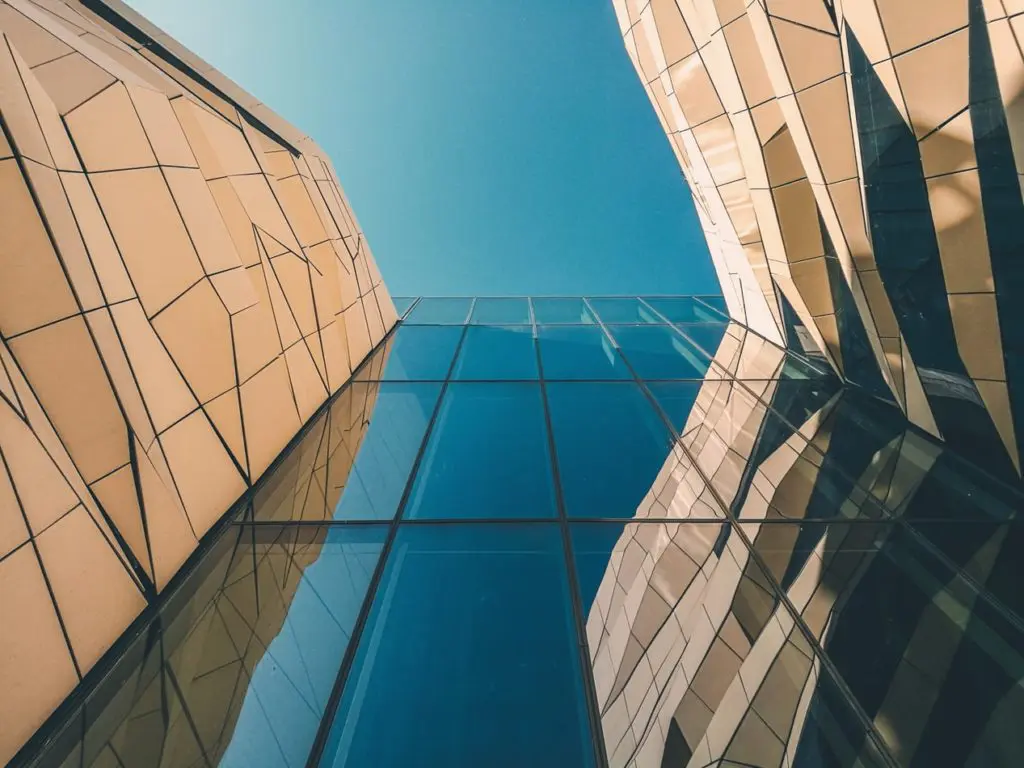
Best Outdoor Subjects For Your 85mm Lens
Anything is fair game when it comes to using your 85mm prime lens. While it's not going to be the lens of choice for birds and small animals, some of same approaches used with a ‘walk around lens' on the streets applies with nature photography.
Close-Up Photography
Even though the 85mm prime lens isn't a macro, it does allow a closeness to objects that create intimate, interesting perspectives of details. Focus in on an object that stands out from the rest, that's a different color, shape or size. It could be a flower that's a different color than the rest, ivy or bark that is scaling up a tree in an unusual pattern.
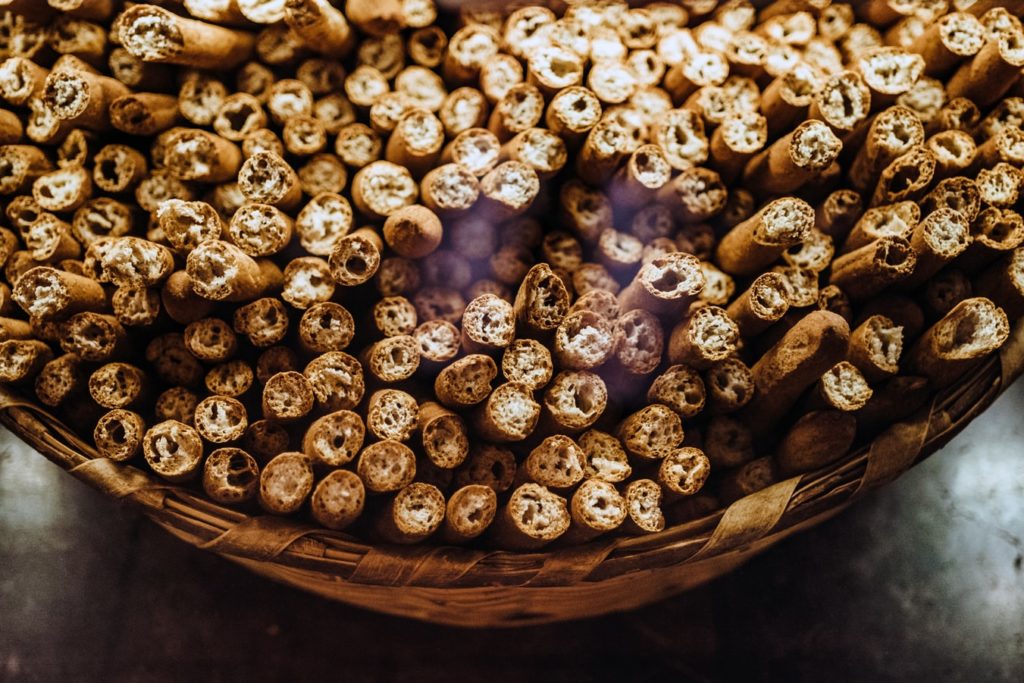
Landscape And Street Photography
The 85mm prime lens really shines with landscape and street scenes. While technically a portrait is defined as an depiction of a person, consider that there are other subject opportunities to capture a ‘portrait' of. Just look at this beautiful portrayal of an empty street in the late afternoon!
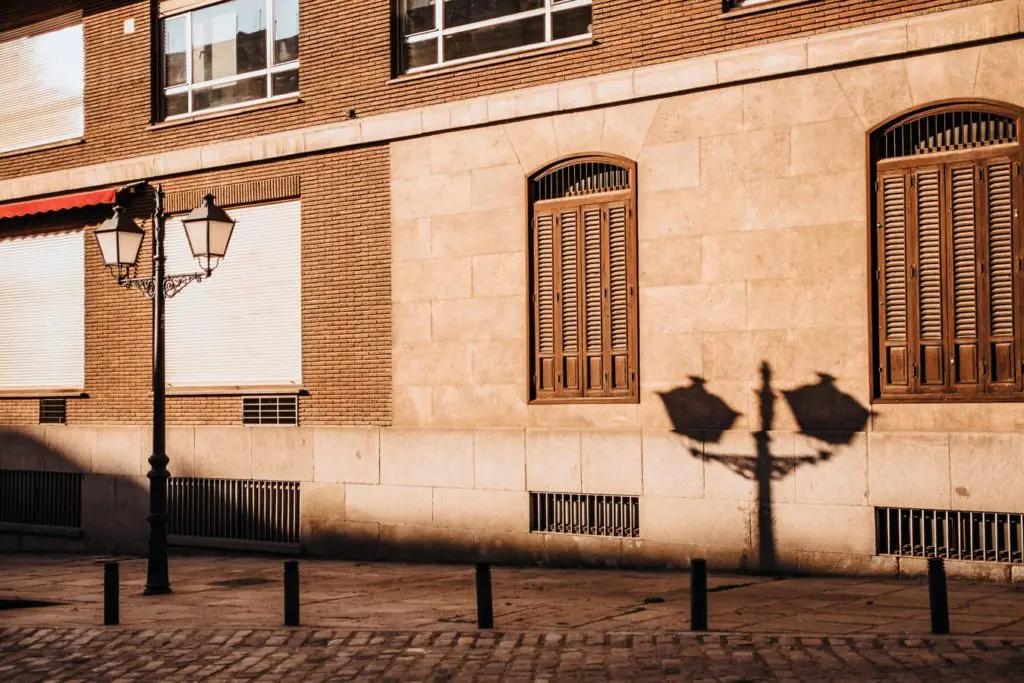
Just-Get-Out-There Photography
This is the nature version of walking around with the lens on the street. For the avid bird and nature photographers, it is very hard to leave the telephoto behind.
A recommendation would be to go out with the 85mm prime lens on the back end of the trip or later in the day. This would be after the wildlife images have been captured. Revisiting the paths traveled or a nearby area with your 85mm can re-invigorate photography skills and senses!
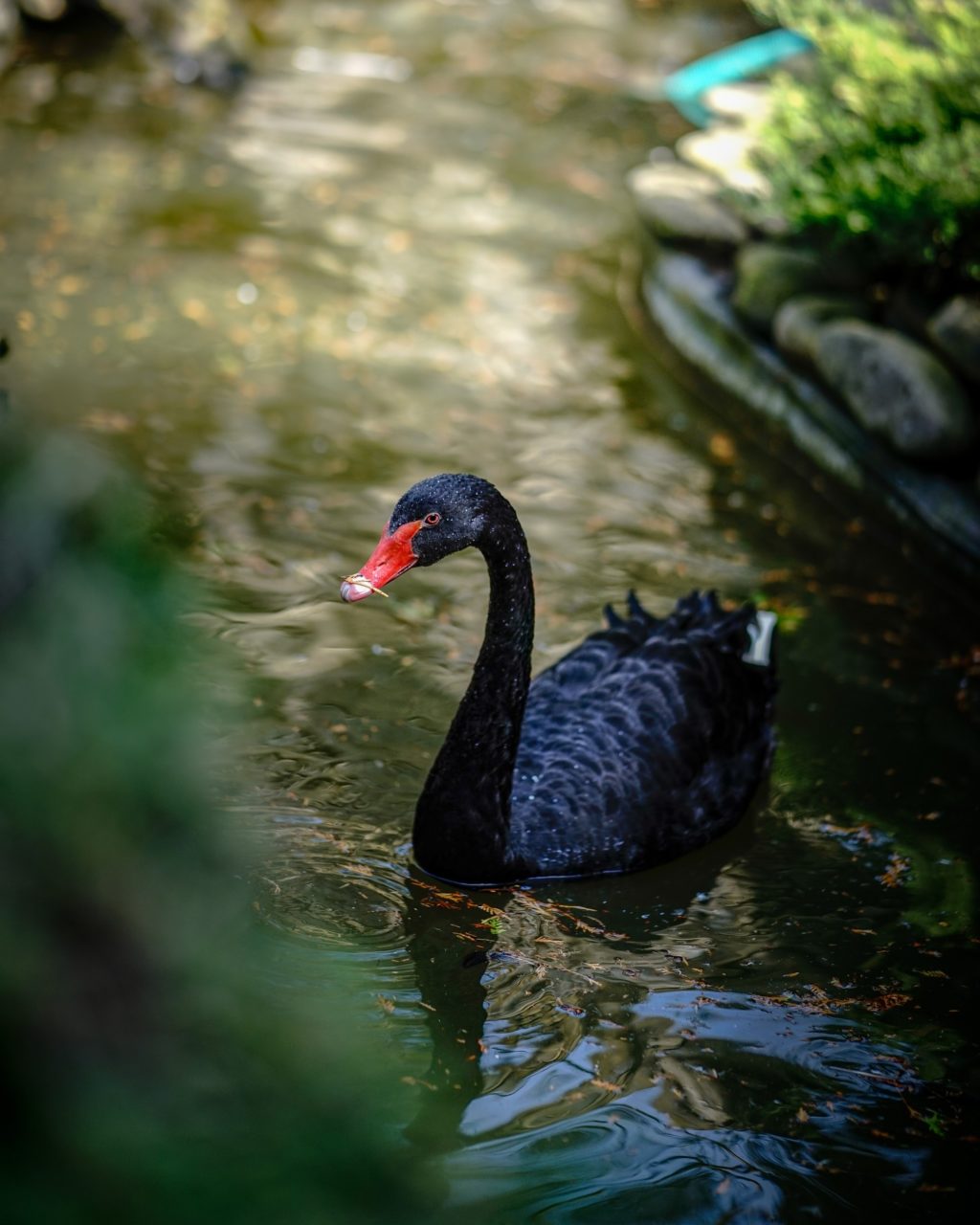
As a portrait lens, the 85mm prime lens captures a portrait of a face, an entire body without distortion. For outdoors and nature, this prime lens is a an effective tool in creatively capturing beauty and imagery with clarity.
Happy Shooting With 85mm Lens!
To learn more about this lens, check out the links below.



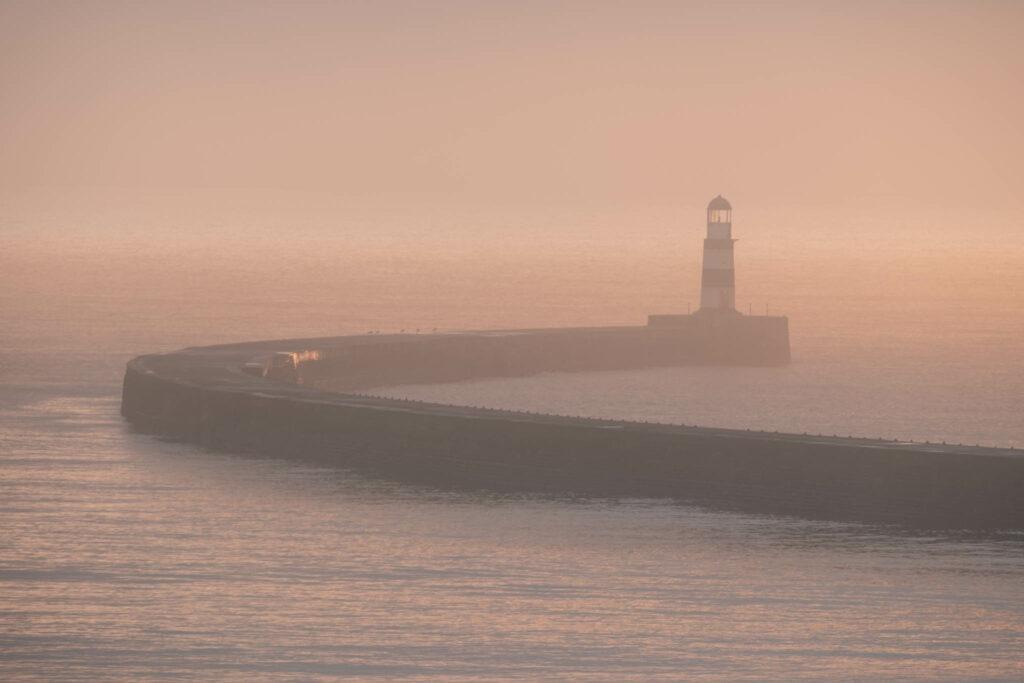

19 Comments
It’s ironic that I come across this post now. I’ve owned a Samyang 85mm f1.4 lens for about a year now. Have not really used it much but the other day was standing in the backyard with it looking for suitable subjects. A bird was at a feeder not far from me and just as it was taking off I thought to myself, “Why not?”. So I fired off a shot and lo and behold it didn’t come out too bad. Of course, others may disagree. Here’s the link. https://www.flickr.com/photos/guyindasky/14039471751/
Steve – what a great capture! Nice, nice detail and the separation of your ‘bird portrait’ from the soft background. Now you’ve inspired me – all of my bird images are with my telephotos. .
Thanks for your comments and I just followed you on Flickr too.
Have a wonderful day!
Me, too – – what she said.
Nice photo and I had no idea Samyang makes a good 85mm.
I recently got my first DSLR and the Nikkor 85mm f1.8G was my immediate choice for a prime lens. It’s taken a bit of getting used to as I’m not used to needing such distance between me and the subject, but I am absolutely loving it! Just yesterday I took it out on a countryside stroll and these were the images I captured…
https://www.flickr.com/photos/helenog/14055291855/
https://www.flickr.com/photos/helenog/14074458973/
Helen – these are delightful, happy images. The path lined with yellow brilliance….sigh!
Wish I could have joined you on this countryside stroll, looks like an amazing day. Thanks for sharing – I look forward to seeing more images from future outings on Flickr.
Enjoy!
Great article, Sheen. I would only dis-agree on one thing. Your statement “Even though the 85mm prime lens isn’t a macro”, perhaps you were referring to only your 85mm prime. Nikon has an 85mm F3.5G AF-S DX ED VR Micro Nikkor. I myself use a 90mm macro prime at times. Not meaning to be critical, as I really enjoyed your article and look forward to many more.
P.S. Great photos, by the way. I love the black and white. Especially that character study of the cowboy. 🙂
Hi Bob! Thank you for your comments and feedback. You are correct in that I was referring to my 85MM prime lens vs. other Micro 85mm that are out there. Appreciate you and your feedback! Glad you liked the cowboy too.
Have a great night!
Hi,
got me a nikkor 85 1.8g this weekend ,needed a tele one since my 70-200 is in for repair.
mainly a hockey shooter,so i gave it a try over the weekend combined with a d3 this is what i got out of it..
https://www.flickr.com/photos/coldplaystars/sets/72157647991418490/
Nice shots Werner!! Congrats on your new purchase!
I think your shot is great.
Love the 85mm focal length. Always have. Love the picture of the old stone house. It allowed you to get further back so as to not trespass. Nice shot.
Worthwhile subject and a good treatment but I think it would have benefitted from a discussion, and few examples, of using it with a large aperture. Most folks have a zoom lens that equates to that focal length, or thereabouts, and could force themselves to lock in on it. The 85mm prime, with it’s large aperture though, has something their zooms don’t and is something that might give an individual motivation to own and use it.
I agree. It would be really nice if there were a discussion of the differences also between using the 85mm prime on a 35mm/full-frame sensor and on an APS-C/DX cropped sensor.
It’s a great write up.
Make do with my 60mm Canon equivalent.
Nice images, it’s inspiring.
Dc
I am leaving soon on my 6th trip to South Africa WITH my 85 1.2L.
What i like most: i get to shoot later than everyone else hand held and it catches some pretty cool sunsets.
28 years ago, the first lens I got for my Canon EOS 650 was a 50mm f/1.8 “normal” lens. I got zoom lenses shortly thereafter, and reserved the 50mm for low light, or when I needed maximum sharpness.
When I switched to an APS-C DSLR in 2005, I put the 50mm away. The cropped sensor turned it into an 80mm lens. Since I don’t take portraits, I couldn’t see much use for it. But after reading this article, I’ll have to try using it again. Maybe in early morning or late afternoon light, since the lens is faster than any other I have at that focal lenth. 80mm is close enough to 85mm.
Good article. I use the 135L as you proscribed the 85. I love the compression, the OOF specular highlights and the color. Something I have learned over the years, more and more ‘tighter is usually better’.
Thanks Barry for your comments and agree!! Have a terrific week,
Sheen